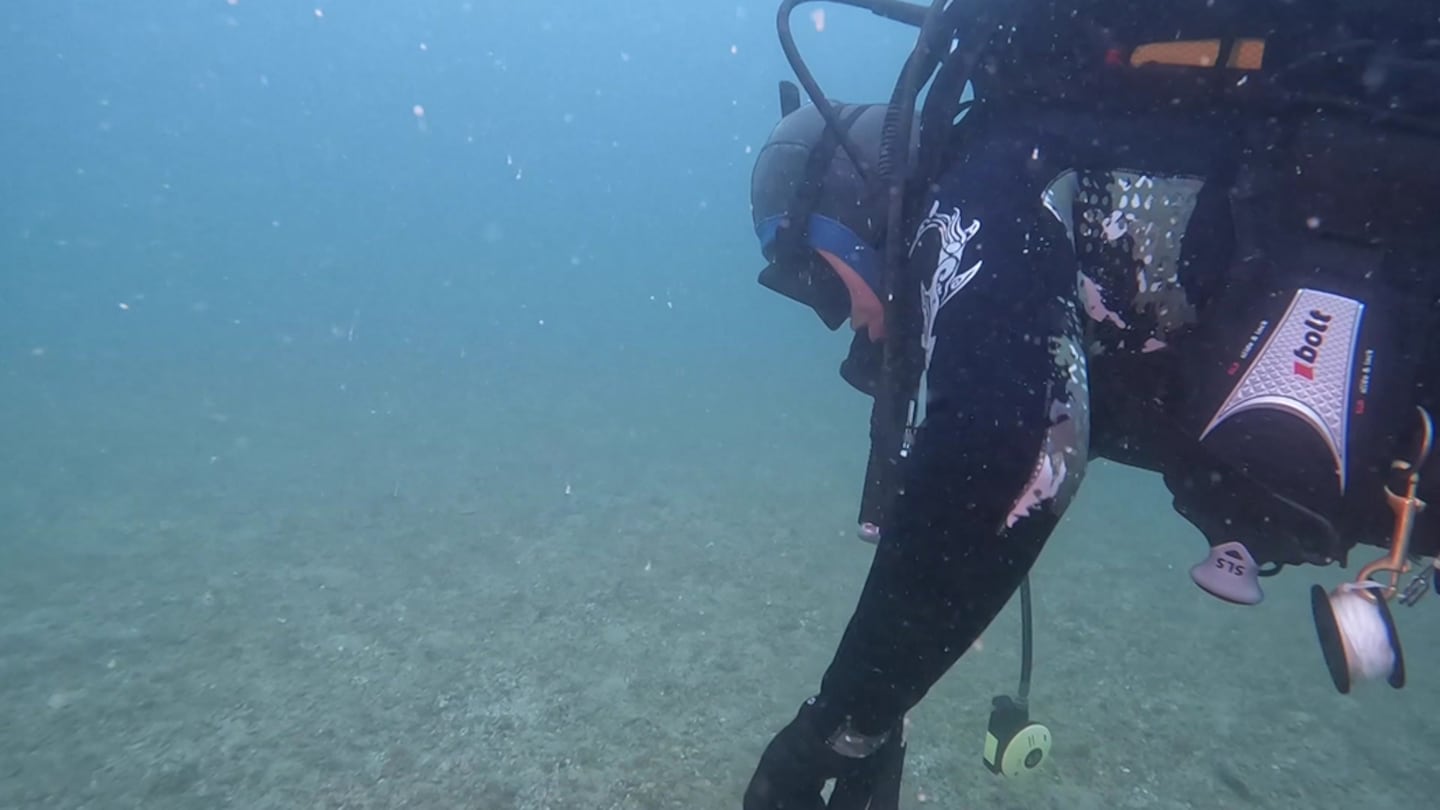When an exotic species of Caulerpa was first spotted off Kawau Island in July, Ngāti Manuhiri Settlement Trust chief executive Nicola MacDonald knew there was no time to lose.
The invasive seaweed, nicknamed “killer algae”, was first discovered at Aotea (Great Barrier Island) in 2021. It has also been found in the Bay of Islands, Waiheke and Ahuahu (Great Mercury Island).
Having seen it spread rapidly on the sea floor and in the water in these places, Ngāti Manuhiri adopted its Caulerpa protocol to “reduce, remove and eliminate,” MacDonald says.
“For two and a half years it has been unchecked. It has gone from a marginal strip to 88 hectares and that is absolutely unacceptable,” she says.
The California connection
Acting swiftly, Ngāti Manuhiri sought advice from experts from California, where Caulerpa has been successfully eliminated. One of those experts, Eric Muñoz, author of Caulerpa Conquest highlights the risk of letting Caulerpa go unchecked: “While we are doing this interview, Caulerpa is growing, It’s one of the fastest growing things on the planet. It can grow up to an inch a day in ideal conditions. It will grow, it will smother what is underneath it,” he says.

That’s why Ngāti Manuhiri Settlement Trust wants to get the job done before summer. Trustee Ringi Brown fears “it could have an impact on our fisheries, our scallops, our mussels, kōura, etc.”
Muñoz adds that it could also affect tourism.
Led by Māori
The response plan is being driven by Māori and tikanga Māori, MacDonald says.
“Te iwi Māori are guiding through our absolute responsibility as kaitiaki. From Ngāpuhi in the North all the way down to Hauraki, we have had this incursion. We are united and we’re working together,” she says.
“Here in Aotearoa, you have a first nation voice on resource management. Our country does not have that,” says Muñoz. “That is part of the formula for you working ground up.”
The actual removal process involves hard work. Divers remove the seaweed from the seabed and water by hand, and the public also has a part to play.
“If you find it on your anchor line, on your boat or on your beach, you do not throw it back,” Muñoz says.
“If you chuck it back, it grows,” says MacDonald. “Take your GPS co-ordinates; take a photograph, send it directly to MPI. There’s a website there.”
“If all else fails, call us on the Ngāti Manuhiri Settlement Trust and we’ll take care of you,” she adds.
Getting to the root
“Everywhere else I have seen, this (Caulerpa) has come from an aquarium release” says Muñoz. “I think New Zealand needs to think of the mega yachts that come in here. I think they are overlooked as a potential factor in getting Caulerpa over here,” he says.
MacDonald says the source of the invasive seaweed isn’t clear. Now that it’s here, however, “we’ll throw everything at it to get rid of this pest,” she says.
Ngāti Manuhiri says it will take six to eight weeks to get rid of all the Caulerpa in Kawau.



